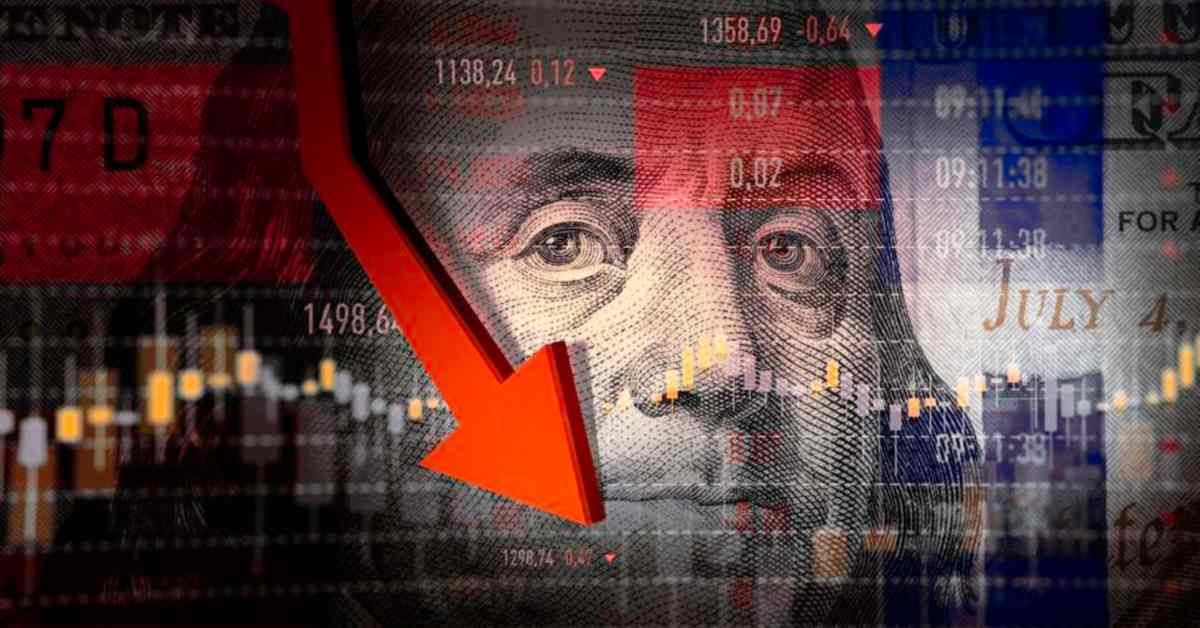The market is greeting the FED with bloodshed and panic.
Everything started with June 3 NFP data. According to the Bureau of Labor Statistics, the US economy could manage 390K new jobs, far more than 325K estimates. After employment data, it was inflation turn to be watched at the center of the stage. May data could be more important for market participants, especially when April data had some signal of inflation peaking.
Last Friday, June 10, we had the Consumer prices number with no signs of slowing in May. The headline CPI rose 1.0% from April, more than the consensus forecast, printing a new fresh 40-year high of 8.6% (Annually). The importance of the number was that service and goods prices increased by 0.8% and 1.3%, respectively, confirming that inflation is already rooted in all sectors.
More detailed numbers show that Food prices advanced by 1.2%, and energy costs were solid by a 3.9% increase due to the 4.1% gain in gasoline prices. Excluding volatile food and energy prices, Core CPI rose 0.6%, higher than expected with a 6.0% annual increase which was lowered from 6.2% in April but still more than market estimates.
Continuing price pressure is pinching consumers and will continue deteriorating consumer sentiment. Already in inflation expectations, we can see its effect while more asked people are moving their estimates towards 10% inflation for next year. With today's number above 3.37% in 10-yeat bond yields, the two-year and 10-year US Treasury yield curve briefly inverted for the first time since April this year, making more people believe in recession as it means even higher inflation and inflation expectations.
While all mentioned numbers and data caused a free fall today in the markets with a 2.4% loss in Dow Jones Industrial Average, a 3.3% fall in the SP500 chart, and a more than 4.1% drop in the NASDAQ composite, we can see on three possible scenarios for FED meeting.
The first choice can be to continue the support and hold the current rates to let the economy improve and reduce inflation by rebalancing the Supply and Demand curve. This scenario does not seem applicable for now, as it can lift the inflation even higher and make it impossible for the central bank to control. On the other hand, the economy is overheated and does not need more support. We can see the positive numbers in the PMI, Retail Sales, and employment numbers.
The second scenario is growing towards more hawkish decisions and policies and, for example, increasing the rates by 75 bps instead of 50 bps or signaling that we will have even more tightening policies with more rate hikes in all forthcoming meetings. Since they are so high and can slow the economic improvements, more tightening procedures can put more pressure on the market and even cause a panic sell, which is not what FED is looking for.
And the third and most likely scenario is between the first and second scenarios. FOMC members will probably continue the rate hike with 50 bps in June and July meetings. These two rate hikes will control the inflation at the first stage, and then pausing the tightening policies can also increase the economy and help the FED rebalance the supply and demand curve. It is already priced in the market.
If Federal Reserve goes towards the third policy, and investors see that as a positive development, we can say that US dollar bulls can slowly return. Wall Street bears also would be ready to pause their rally and let the bulls breathe a bit before making the subsequent decision to increase or something else will happen in the markets.


















